April 17, 2025 | 09:13 GMT +7
April 17, 2025 | 09:13 GMT +7
Hotline: 0913.378.918
April 17, 2025 | 09:13 GMT +7
Hotline: 0913.378.918
On the morning of September 23, Mr Lam Anh Tuan, Chairman of the Farmers' Association of Cam Binh commune, Cam Ranh City, a locality that is the "capital" of freshwater prawns farming in Khanh Hoa, said that, currently, the price of freshwater prawns purchased by traders is about VND 1.08 million/kg (3 pieces/kg). This price is considered stable, helping farmers make a good profit after deducting costs.
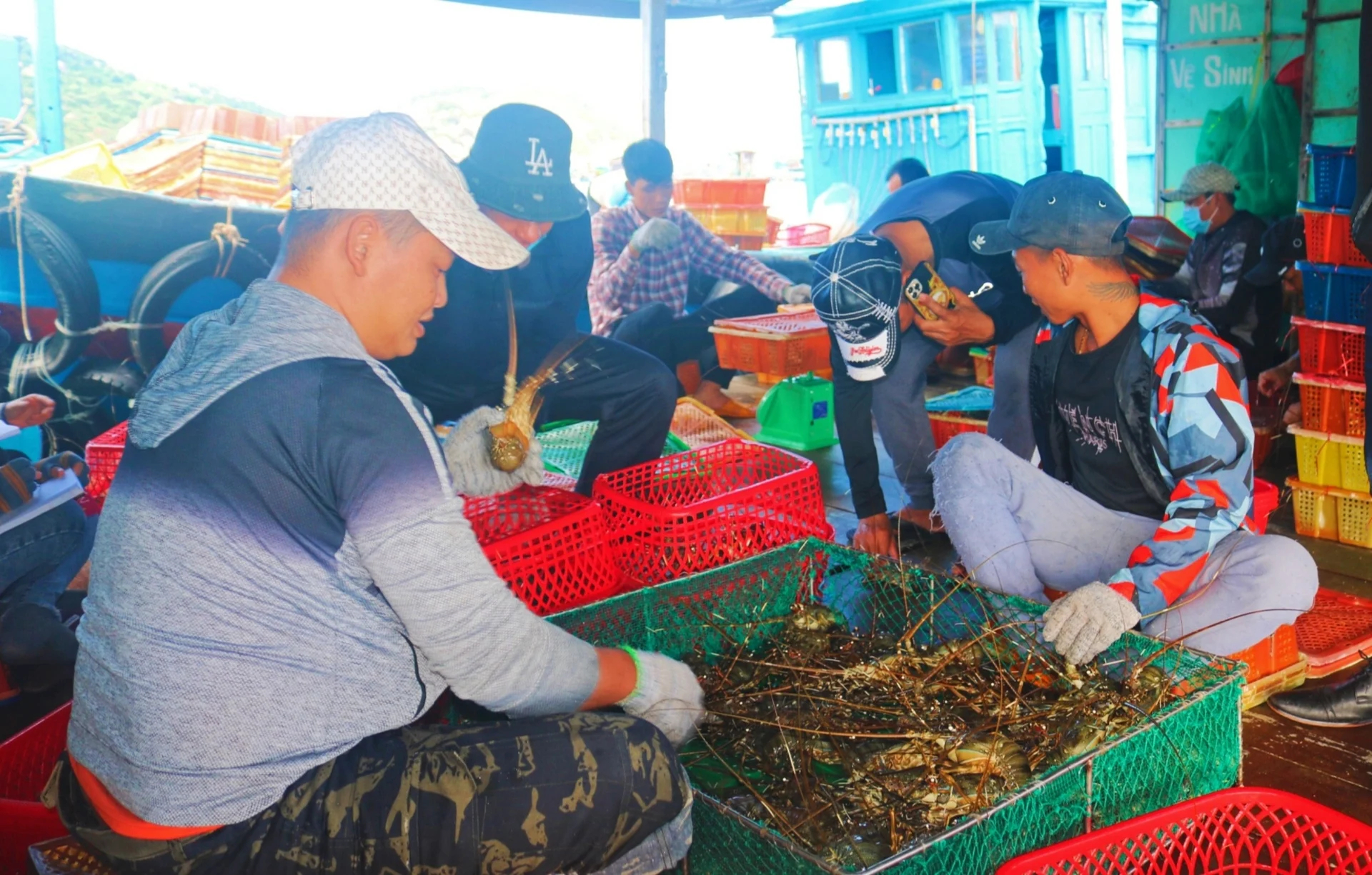
Farmers export and sell blue lobsters in Cam Binh commune, Cam Ranh City, Khanh Hoa province. Photo: KS.
This morning, according to Mr Lam Anh Tuan, traders still went to Binh Ba Island, Cam Binh commune to buy normal freshwater prawns, and many households sold lobster meat. However, the production of meat lobster this month is not much, because farmers have sold it simultaneously in previous months.
Vice Chairman of Cam Binh Commune People's Committee Vo Ngoc Linh said that during peak harvest time, Cam Binh commune sells over 10 tons of meat lobster every day, but currently they only sell about 2 tons.
It is known that the entire Cam Binh commune currently has about 20,000 lobster cages, mainly raising freshwater prawns. Lobsters are raised year-round by people in the area, so they are sold every month, with an average of 100 - 150 tons of lobster.
Also according to Mr Lam Anh Tuan, since China opened, the export of freshwater prawns to this market has been favourable, the purchasing price is stable, averaging about VND 1 million/kg, so people are very excited.

Freshwater prawns are still purchased by traders normally. Photo: KS.
Mr Nguyen Van Hau, in Binh Ba Dong village, Cam Binh commune, said his family had just harvested 12 freshwater prawn cages, with a total output of about 1 ton. He sold them for VND 1 million/kg, after deducting interest costs of VND 500 million.
This is the motivation to help Mr. Hau's family and most farmers, with profits they will continue to invest and release lobsters. However, in recent months, the lack of supply of lobster seed has caused many farmers to "hang their cages" after harvest, waiting for the breed.
Contrary to freshwater prawns, rock lobster has no traders making purchases. In Van Phong Bay, Van Ninh district (Khanh Hoa), where rock lobsters are mainly raised, farmers are suffering because the lobsters have reached the selling weight but no one is buying.
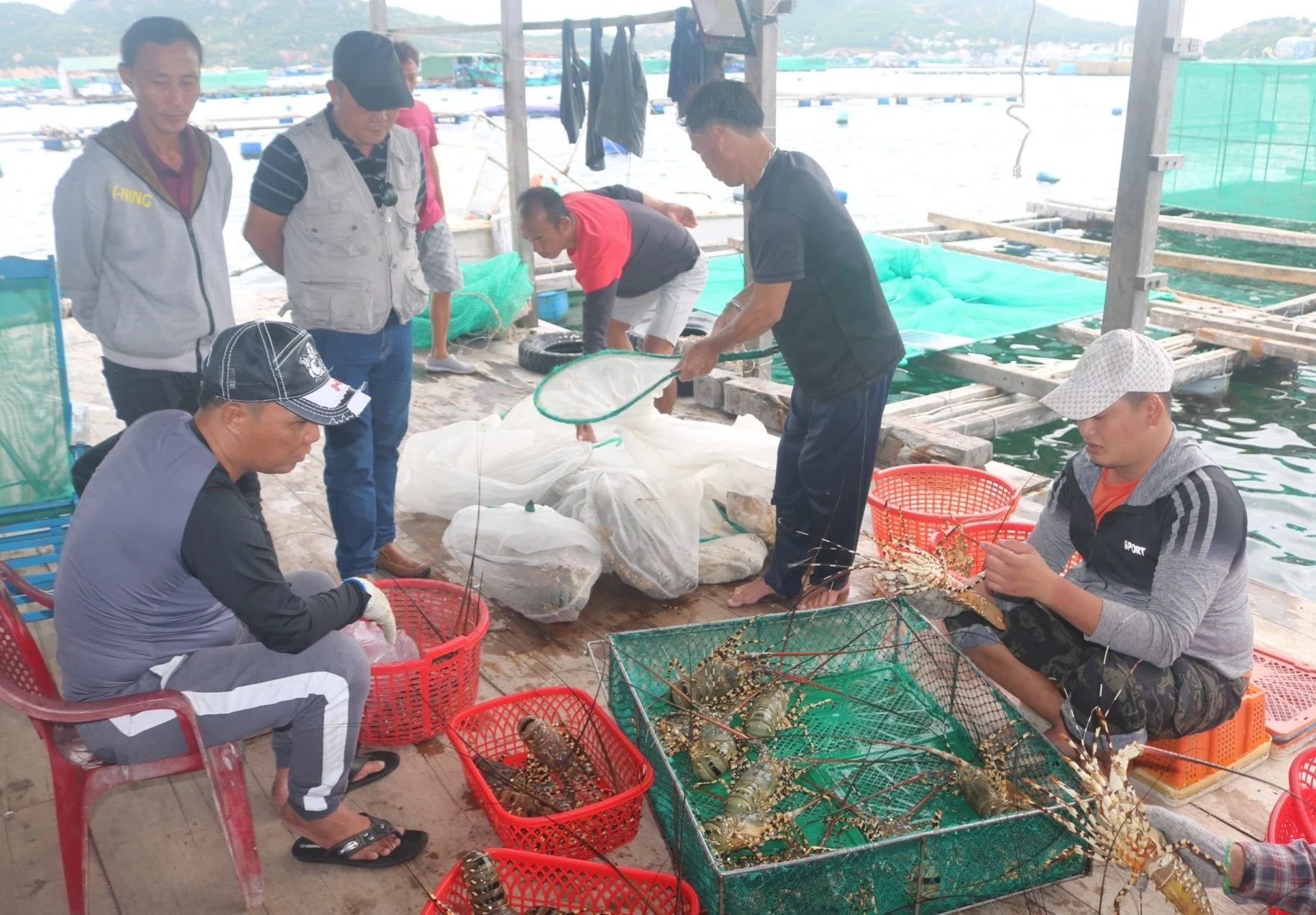
Cotton lobsters weigh more than blue lobsters, averaging 800 taels/fish. Photo: KS.
Mr. Nguyen Thanh Sang, a lobster farmer in Van Gia town (Van Ninh), said that this situation has been happening for nearly a month now, and the farmer does not understand why. Meanwhile, there is currently a lot of lobster meat output that is ready for harvest and is waiting for traders.
For example, Mr. Sang's family currently has about 3 - 4 tons of lobster, reaching a size of over 0.7 kg/lobster, enough weight for sale but they still have to "wait" for traders every day.
"Currently, lobster cannot be sold, people are very worried, they have to spend money on feeding every day. Like my family, we lose more than VND 20 million in lobster feed every day", Mr Sang lamented.
Mr. Nguyen Ngoc Y, Head of the Economic Department of Van Ninh district, confirmed that the absence of traders buying lobster is real. He also said that if lobsters cannot be sold when it is time to sell, it will increase costs, and the more people raise them, the more they will lose money.
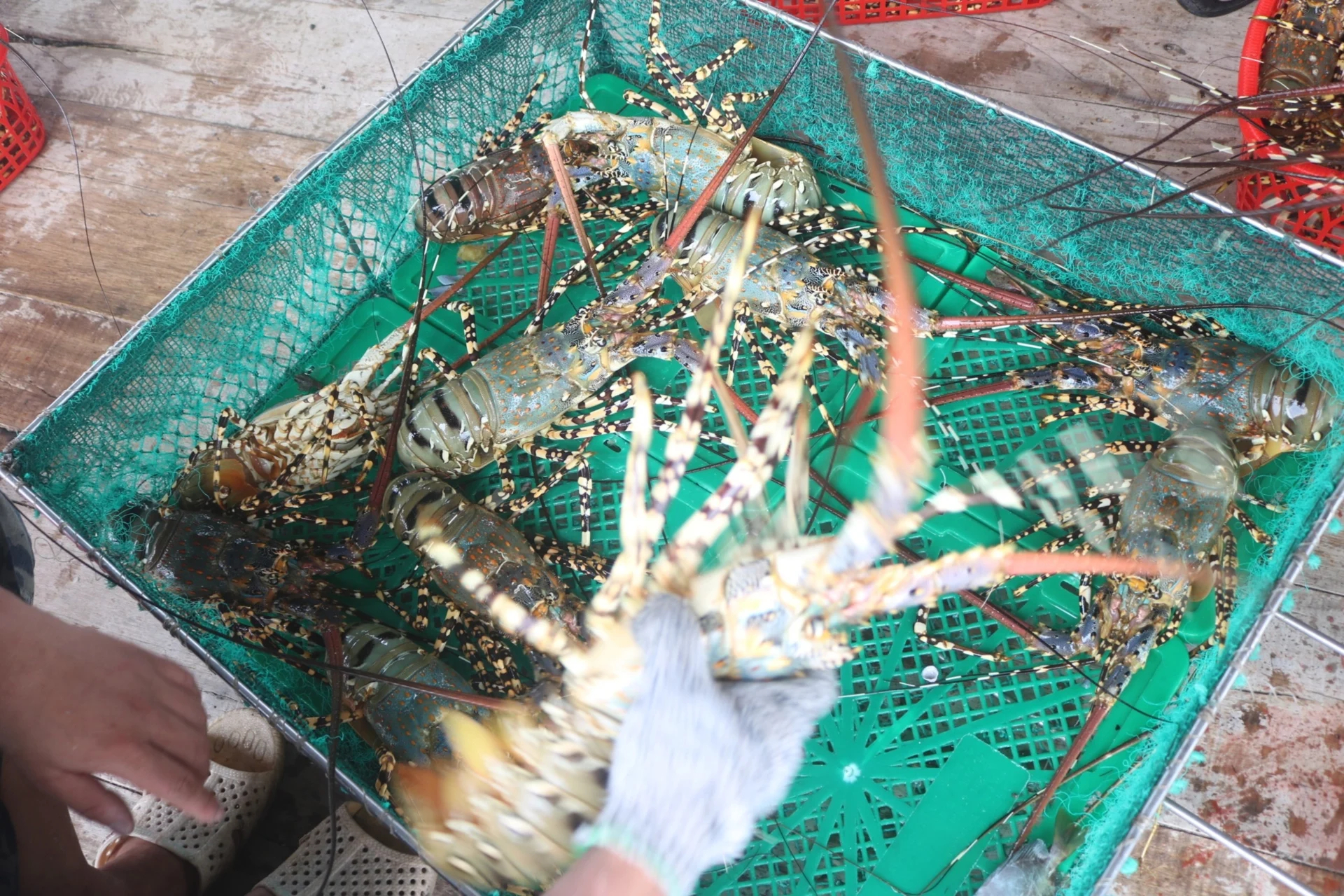
There are currently no buyers of cotton lobsters. Photo: KS.
Currently, lobsters of all types mainly depend on the Chinese market. Therefore, there is probably a reason why traders buy freshwater prawns, but not rock lobster.
However, facing this situation, the District Economic Department recommends that people stay calm, focus on taking care and closely monitor market developments, raising lobsters at moderate density and according to planning, fully register and declare with the management agency.
In the long term, to export lobster sustainably, according to Mr. Y, it is necessary to establish a chain of links from production to consumption. For a long time, traders have collected goods for lobster export companies, but we have not seen any companies linking up with aquaculture farmers.
Regarding this issue, after planning clear and detailed farming areas in the area, the district will guide farmers to establish cooperatives and, at the same time, coordinate with relevant agencies to support connections and find stable outlets for lobsters in the area.
It is known that currently, the entire Van Ninh district has 35,000 cages for raising lobsters of all kinds, of which about 50% are for raising rock lobsters. Previously, 1 month ago, the price of rock lobsters purchased by traders ranged from VND 1.6-1.7 million/kg, with the daily price for farmers earning a profit of VND 500-600 thousand/kg. Lobster farming requires a huge investment because the lobster farming period lasts from 10-12 months for freshwater prawns when the lobsters reach a size of about 3/kg. While rock lobsters are raised for about 18-20 months, the lobster reaches a size of about 0.8 - 1 kg/lobster.
Translated by Hoang Duy

(VAN) The Philippines is making efforts to diversify its rice import sources in order to reduce its dependence on Vietnamese rice. However, Vietnamese rice has managed to maintain its strong position in this market.
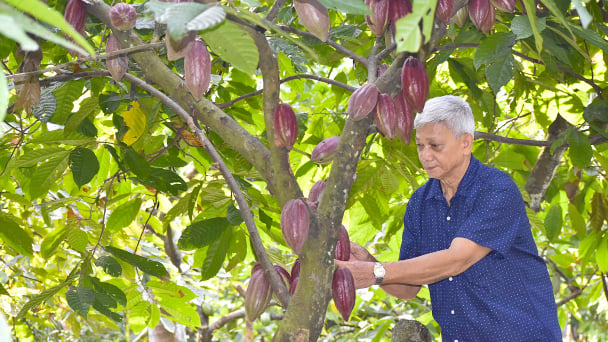
(VAN) In the Mekong Delta, cocoa has provided stable economic returns for many years. Recently, a surge in cocoa prices has created a strong incentive for farmers to expand their cultivation areas.

(VAN) Product quality, branding strategy, and technology innovation are key factors for Vietnamese bird’s nest to establish its foothold on the global map.
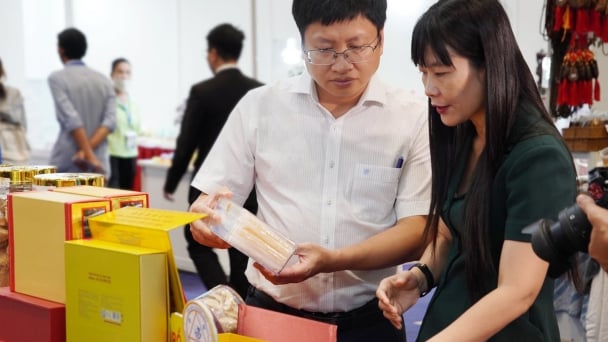
(VAN) KOCHAM Deputy President expects that Vietnam would accelerate innovation and development of bird’s nest-based products as a representation of Vietnamese culture.
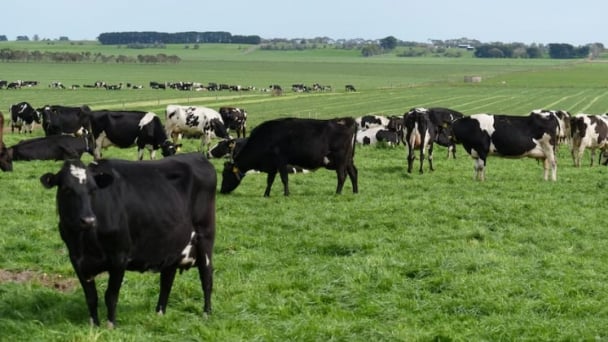
(VAN) Imported dairy products are weakening the local industry, according to dairy farmers and processors.

(VAN) April 10 marked a significant milestone for Vietnam's agricultural exports as Vietnamese pomelos officially became available at the Lotte Mart supermarket chain in South Korea.

(VAN) Vietnam is focusing on developing the legal framework and technical infrastructure for the carbon market, with committed support from global financial institutions.